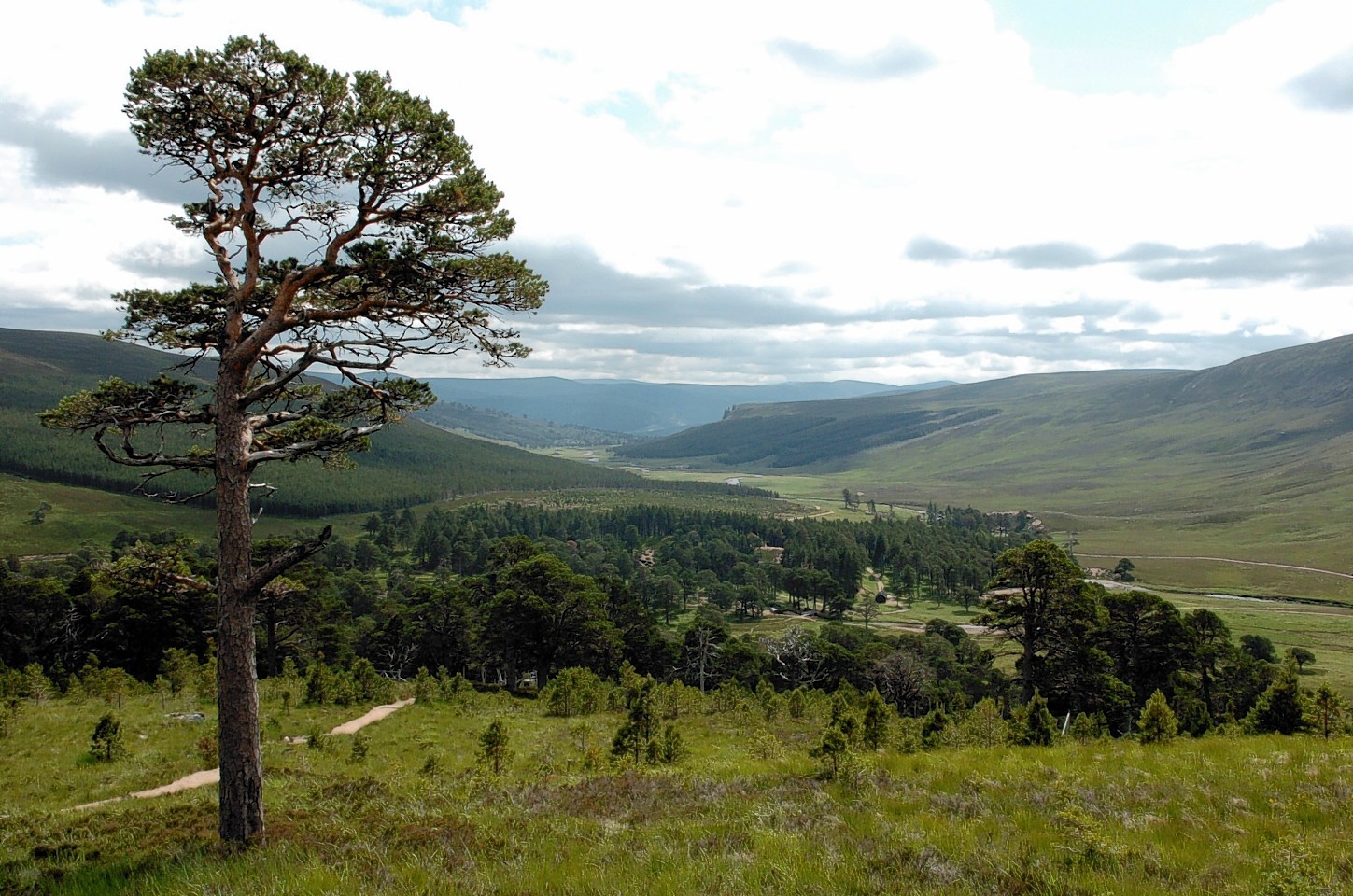Archaeologists have discovered clues that hunter gathers were living in the Cairngorm glens more than 10,000 years ago.
Excavations by archaeologists working on the Mar Lodge Estate, Braemar, have produced radiocarbon dates showing a human presence as far back as 8100 BC.
The discovery means that people were active in the mountainous landscape thousands of years earlier than 5000BC as previously estimated.
The Upper Dee Tributaries Project – made up of the National Trust for Scotland (NTS) and archaeologists and environmental scientists from universities in Aberdeen, Stirling and Dublin – made the discovery after two years of work.
Radiocarbon dates of 6200-6100 BC from a site in Glen Geldie coincide with the most dramatic climatic deterioration seen since the last ice age.
At that time, permanent snow fields would have been a feature of the Cairngorms, and glaciers may have started reforming.
Dr Shannon Fraser, NTS archaeologist, said: “It is incredible to think that what we have discovered at this one spot in a vast landscape may represent a small group of people stopping for only a night or two, repairing their hunting equipment and then moving on.
“Glen Geldie is a very chilly place today, even with all our modern outdoor clothing – it is hard to imagine what it must have been like in the much harsher climate 8,000 years ago.”
The earliest dates come from a site in Glen Dee, at a key stopping point for travellers moving through mountain passes between Deeside and Speyside.
Excavations by Aberdeen University are revealing a complex history of settlement, with people gathering by the riverside as early as 8100 BC – perhaps only a few hundred years after communities begin to move back into Scotland as the ice retreated.
Bruce Mann, an archaeologist for Aberdeenshire Council, said: “Not so many years ago we thought we understood the glens of the Cairngorms, as a landscape largely empty of people in prehistory.
“Now this work has turned such thinking on its head, and shows the importance of why we support these projects. In the future we’ll be better informed about how we manage that land, while providing an amazing story for visitors to the area.”
